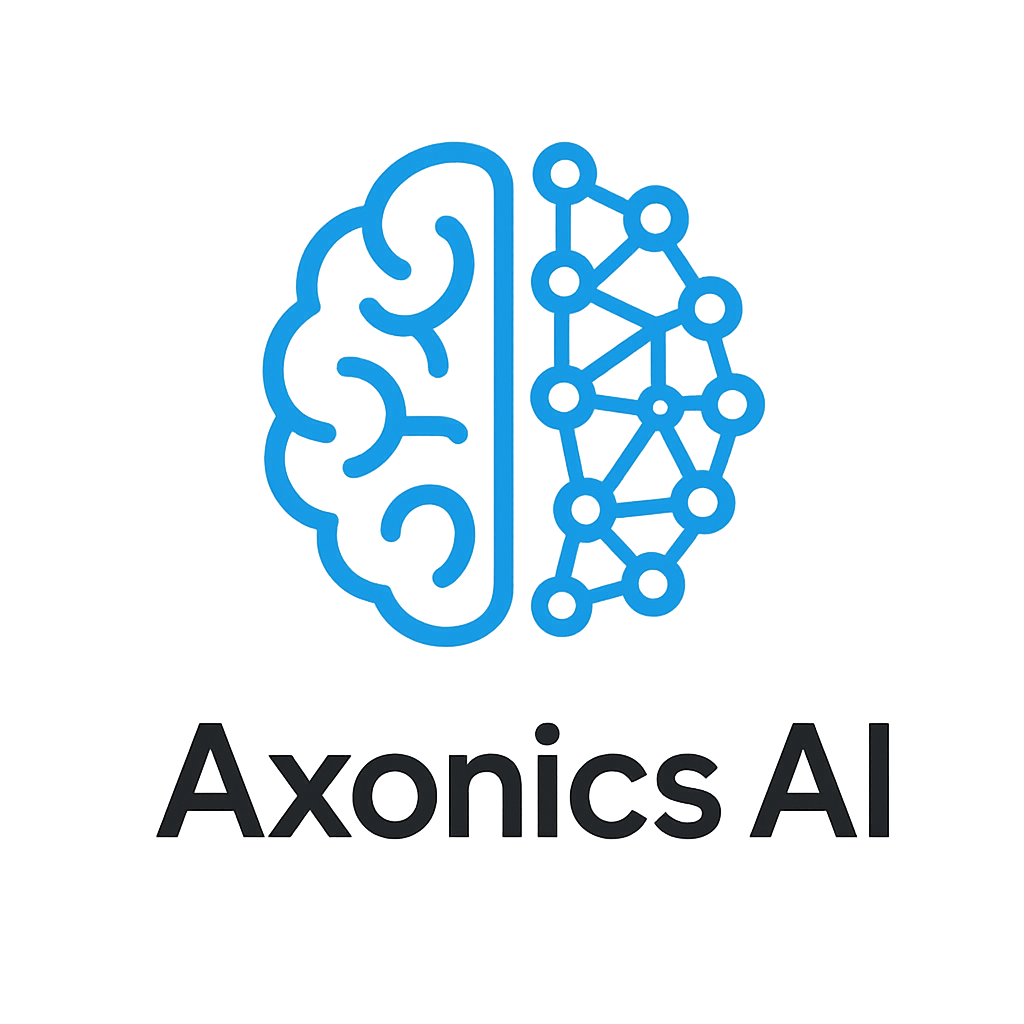Adopting AI in Business
Adopting artificial intelligence is a strategic journey, not a single destination. The process typically begins with using familiar tools that have AI embedded under the covers and evolves toward creating custom, enterprise-wide solutions. This roadmap outlines the key levels of adoption, helping you choose the right depth of immersion for your business.
Crawl: Leveraging AI-Enhanced Tools
This is the most accessible level, where your teams use existing software with powerful AI features already built-in. It requires no specialized skills and offers immediate productivity gains.
- Automated Insights: BI dashboards that use AI to automatically surface key trends.
- Smarter Search: Next-gen search engines that use LLMs to understand context and intent.
- Instant Communication: Apps that use AI agents to instantly and accurately translate text or speech.
Walk: Empowering Individuals with LLMs
At this level, employees consciously use standalone AI tools to augment their personal productivity. This phase fosters a culture of AI literacy with minimal investment.
- Accelerating Content Creation: Using an LLM as a writing assistant to draft and refine reports.
- On-Demand Creative Ideation: Leveraging an LLM as a brainstorming partner.
- Rapid Research and Synthesis: Using an LLM as a knowledge assistant to synthesize information.
Run: Deploying AI Agents & Integrating AI
Here, AI moves beyond individual use to become a fundamental component of core business workflows, creating significant operational efficiencies.
- Automated Reporting: Analyzing complex datasets with an AI agent to provide actionable insights.
- Predictive Logistics: Integrating learning agents into the supply chain to optimize inventory.
- Personalized Marketing at Scale: Utilizing AI to generate personalized marketing copy.
Fly: Building Enterprise-Scale AI Solutions
The highest level involves building custom, enterprise-wide AI solutions that create a significant competitive advantage or transform business models.
- Dynamic Financial Modeling: An agent that analyzes market data for adaptive financial forecasts.
- Proprietary Fraud Detection: A custom learning agent that monitors transactions in real-time.
- Autonomous Operations: A network of multi-agent systems coordinating robots and drones.
This final stage also carries the greatest risk. The July 2025 MIT report The GenAI Divide: State of AI in Business 2025 revealed that 95% of organizations fail to get any return on their enterprise AI investments. It's a statistic that makes one thing clear: the success of such a project depends directly on the expertise of the team leading it.
Meet Your AI Teams
Success on this journey depends on having the right personnel with clearly defined roles. The key responsibilities are grouped here into three distinct teams to provide a clear framework. Aligning the vision and execution of these teams is the key to a successful outcome, while remembering that on smaller projects, a single person may fill multiple roles. This structure helps avoid ambiguity and ensures every critical function is accounted for.

🏢 The Business Team (Vision & Governance)
This group represents the domain experts within the organization. They define the business problem, outline the rules of engagement, and manage the impact of the AI solution on the company.
- Business Stakeholder / SME (The Client): Defines the business problem, provides context, and validates the AI solution's effectiveness as the end-user and domain expert.
- AI Ethicist / Governance Lead (The Conscience): Assesses the AI system for fairness, bias, and privacy risks, ensuring the solution is responsible and trustworthy.
🛠️ The Project Team (Build & Deploy)
This is the core group assembled to design, build, and deploy the AI capability, taking it from an idea to a functional solution.
- AI Product Manager (The Strategist): Defines the 'what' and 'why' of the project, bridging business needs with technical feasibility and owning the product roadmap.
- Project Manager (The Organizer): Manages timelines, resources, and communication to keep the project on track and stakeholders aligned.
- Change Management Lead (The Ambassador): Manages the human side of AI adoption, developing training and communication to help employees embrace new workflows.
- AI Engineer / ML Engineer (The Builder): Builds, trains, and deploys AI models as the hands-on developer, integrating them into robust applications.
- Data Scientist (The Specialist Tool Creator): Performs deep data analysis, tests hypotheses, and develops novel algorithms when off-the-shelf solutions are insufficient.
- Data Engineer (The Plumber): Builds and maintains the data pipelines, ensuring a clean and reliable flow of data for the project.
- Prompt Engineer (The AI Psychologist): Crafts and refines the instructions that guide an LLM's behavior, ensuring it communicates effectively and safely.
⚙️ The Runtime Team (Maintain & Operate)
Once the AI capability is live, this group ensures it runs smoothly, scales efficiently, and is properly maintained in the production environment.
- MLOps Engineer (The Mechanic): Automates the deployment, monitoring, and management of AI models in production, ensuring they are scalable and reliable.
Note: The AI Engineer and Data Engineer from the project team are often crucial in runtime as well, handling bug fixes, model retraining, and ongoing pipeline maintenance.
